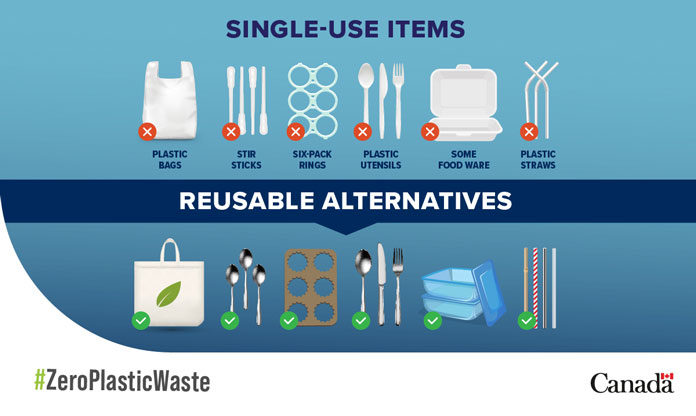Gatineau – Textiles is the fifth-largest category of plastic waste sent to landfills in Canada. Furthermore, through regular wear and tear and when washed, synthetic clothing sheds plastic microfibres—tiny thread-like fibres that become microplastic pollution. As part of its comprehensive plan to reduce plastic waste and pollution, the Government of Canada is looking for ways to increase the circularity of the textile and apparel sector to keep these materials in the economy and out of the environment.
Steven Guilbeault, Minister of Environment and Climate Change, launched a consultation to solicit feedback on the development of a roadmap to address plastic waste and pollution from the textile and apparel sector.
Building on the early interest and engagement from key stakeholders in the sector, the consultation document suggests a waste-management approach that keeps textiles and apparel in the circular economy for as long as possible. Prioritization will focus on the redesign, reduction, reuse, repair, and recycling of products over energy recovery and landfilling.
Until September 1, 2024, Canadians and interested parties are invited to comment on the consultation document and provide feedback. Comments received will help develop the draft roadmap to be published later this year.
“After welcoming the world last April in Ottawa for the Fourth Session of the Intergovernmental Negotiating Committee, we are more committed than ever to ending plastic waste and pollution in our own country. We are now reflecting on how we can prevent textile and apparel waste from going to landfill, being incinerated, or leaking into the environment as pollution. Addressing plastic waste and pollution in all sectors of our economy is the key to protecting the planet and creating a greener and prosperous future, while keeping plastics in the economy and out of the environment.” – Steven Guilbeault, Minister of Environment and Climate Change








